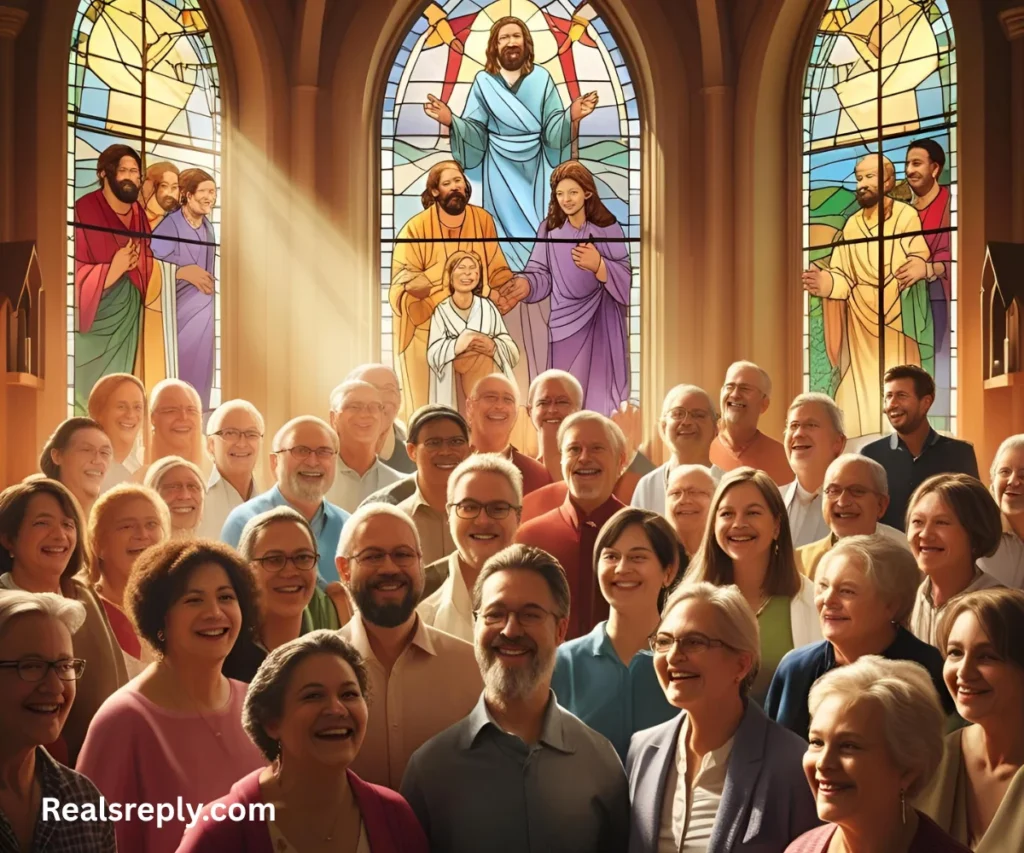Imagine feeling like your body doesn’t match who you are inside. For many transgender people, this is their daily reality.
The struggle to live authentically can feel overwhelming, especially when faith and community are involved.
The topic of embodied: transgender identities, the church, and what the Bible has to say sparks deep questions about love, acceptance, and truth.
How does the church respond to transgender individuals seeking belonging? What guidance does the Bible offer?
This article explores these questions with care, offering insights for transgender individuals, church members, and anyone curious about faith and identity.
We’ll dive into practical ways to approach this topic with kindness and understanding, grounded in biblical principles.
Understanding Transgender Identities

Transgender people identify with a gender different from the one assigned at birth.
This experience, often called gender dysphoria, can feel like a disconnect between body and soul.
For example, Sarah, a transgender woman, shared how living as her true self brought peace after years of hiding.
The church can be a place of support, but misunderstandings sometimes create barriers. Instead of saying, “You’re confused,” try, “Tell me about your journey.”
This opens dialogue and shows respect. The Bible doesn’t directly address transgender identities, but verses like Psalm 139:13-14 remind us that God lovingly creates each person, suggesting a call to honor everyone’s unique story.
The Church’s Role in Welcoming All

Churches are meant to be places of love, but some transgender individuals feel judged or excluded.
A welcoming church listens and learns. Take James, who was nervous to attend a new church as a transgender man.
The pastor greeted him warmly, saying, “You’re welcome here.” That simple act made a difference.
Churches can create inclusive spaces by training leaders on transgender issues and fostering open conversations.
Avoid saying, “You don’t belong here.” Instead, say, “We’re glad you’re part of our community.”
The Bible, in Galatians 3:28, teaches that all are one in Christ, encouraging churches to embrace everyone with compassion.
What the Bible Says About Identity

The Bible doesn’t explicitly mention transgender identities, but it speaks deeply about human dignity and God’s love. Verses like Genesis 1:27 show that all people are made in God’s image, worthy of respect.
For transgender individuals, this can affirm their value, even amid struggles. Consider Emma, who found comfort in 1 Samuel 16:7, which says God looks at the heart, not outward appearance.
When discussing identity, avoid saying, “The Bible condemns you.” Instead, say, “God loves you deeply.” These words reflect biblical truth and create a safe space for dialogue about faith and identity.
Navigating Conversations with Care
Talking about transgender identities in church can feel tricky. The key is to listen with empathy and avoid judgment.
For instance, when Mia came out as transgender, her friend asked, “How can I support you?” This opened a meaningful conversation.
Use active listening and ask questions to understand someone’s experience.
Don’t say, “This is a sin.” Instead, try, “I want to learn more about your perspective.” The Bible encourages love and understanding in Ephesians 4:32, urging us to be kind and compassionate.
These conversations can build bridges and show Christ’s love in action.
Practical Steps for Churches to Be Inclusive
Churches can take simple steps to support transgender members. Start by using explicitly pronouns respectfully or offering gender-neutral restrooms.
For example, a church in Ohio created a welcome team to greet everyone, including transgender visitors, with warmth.
Training sessions on inclusivity can help members understand transgender experiences. Don’t say, “We don’t deal with that here.”
Instead, say, “Let’s learn together.” The Bible’s call to love your neighbor (Mark 12:31) applies to everyone, encouraging churches to create spaces where all feel valued and heard.
Addressing Common Misconceptions
Misconceptions about transgender identities can create tension in churches.
Some believe being transgender is a choice or a sin, but science shows gender identity has biological and psychological roots.
For example, a pastor once assumed Alex’s transgender identity was “just a phase,” causing hurt. Instead, he could have said, “I’m here to listen.”
The Bible, in John 8:32, speaks of truth setting us free, encouraging churches to seek understanding through education.
Avoid assumptions and embrace open-mindedness. Learning about transgender experiences can help churches reflect Christ’s love more fully.
Conclusion
The topic of embodied: transgender identities, the church, and what the Bible has to say invites us to blend faith with compassion.
By understanding transgender experiences, fostering inclusive churches, and grounding conversations in biblical love, we can create communities where everyone feels valued.
The Bible calls us to love and respect all people, reflecting God’s heart. Whether you’re transgender, a church member, or simply curious, approaching this topic with kindness can make a real difference.
Let’s build bridges of understanding, guided by the truth and love found in Scripture.




